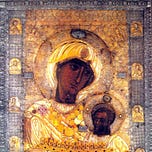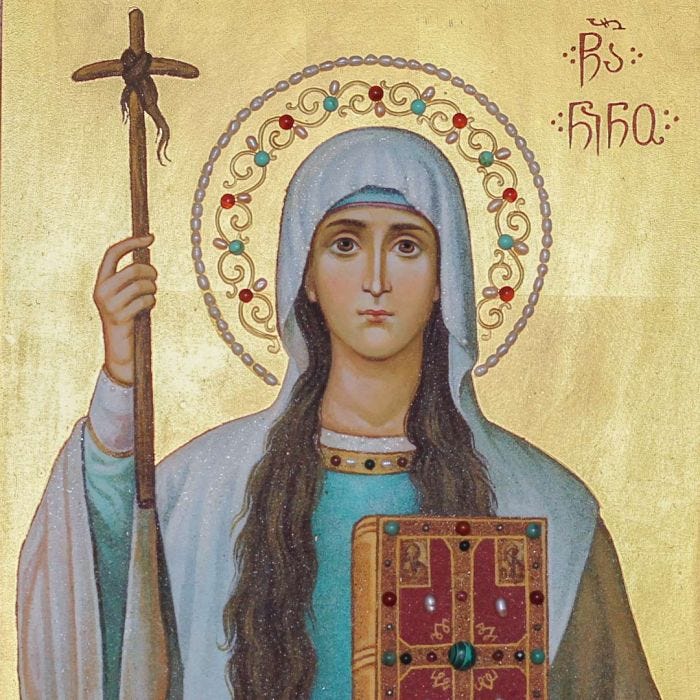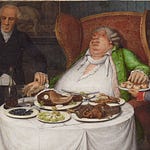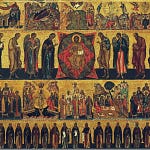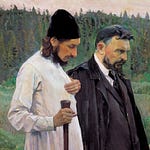14/27 January: Saint Nino, Equal-to-the-Apostles, the Enlightener of the Georgians
Georgia the country, as opposed to Georgia the state within the United States, adopted Christianity as its official religion early in the fourth century - that is decades earlier than the Roman Empire, which did not adopt Christianity until the year 380 with the Edict of Thessalonica. The people who live in Georgia call their country Sakartvelo, or “the land of the Kartvelians,” although the name Georgia or Jorgia has been attested to in foreign sources since the 14th century. Some say that this name refers to the people’s special veneration of Saint George; others link the name with the Greek γεωργός - “tiller of the land.” Both theories are likely incorrect. The Greeks referred to Georgians as Iberians (Ἰβηροι) - thus, the name of the famous icon of the Mother of God - the Theotokos of Iveron.
The Iveron Icon of the Mother of God
Saint Nino was not a Kartvelian. She was born in Cappadocia and may have actually been of Jewish ethnicity. There is no direct evidence for this, but the names of her parents - Zebulun and Susanna, traditional Hebrew names - as well as the fact that upon reaching Kartli (the central region of what is now Georgia), Saint Nino lived with the Jewish community in the town of Urbnisi - these factors may indicate that Nino’s parents may have been Jewish Christians living in Cappadocia. As such, it is said that they personally knew Saint George of the dragon-slaying fame, who was also from Cappadocia. Some even say that Saint Nino was Saint George’s cousin, but this is impossible to verify. It is also claimed that on her mother’s side, Saint Nino had an uncle named Juvenal who was the Patriarch of Jerusalem. She may have indeed had an uncle who was a bishop, but a Juvenal did not ascend the patriarchal throne in Jerusalem until the year 459 - more than a century after the events in Saint Nino’s hagiography.
Saint Nino, Equal to the Apostles, the Enlightener of the Georgians
Nino was twelve years old when her righteous parents decided to devote their lives to God. They gave away all of their possessions; Zebulun became a missionary, while Susanna started caring for the poor. Nino was left in the care of a certain woman named Sarah who lived at the Church of the Holy Sepulcher in Jerusalem. It appears that Sarah may have led what we would now recognize as a monastic lifestyle, but perhaps without belonging to any organized monastic community. At some point, according to the hagiography, Nino heard that Queen Helena wished to be baptized. Nino decided to go to Constantinople and speak with the queen. This was Flavia Julia Helena, the mother of Emperor Constantine I called the Great.
Helena was likely a common-law wife of Constantine’s father Constantius, although some say that they were married officially. Whatever their relationship may have been, Constantius divorced Helena when Constantine was still a teenager. After the death of Constantius, his son Constantine was proclaimed augustus or emperor in the year 306. In 324, he gave to his mother Helena the title of augusta. By some accounts, Helena accepted Christ through her son - likely, shortly before her famous pilgrimage to the Holy Land in 326. This date - between 324 and 326 - perhaps, gives us an approximate timeframe for when Saint Nino may have met Saint Helena Augusta.
Listen to this episode with a 7-day free trial
Subscribe to Phroneo to listen to this post and get 7 days of free access to the full post archives.


